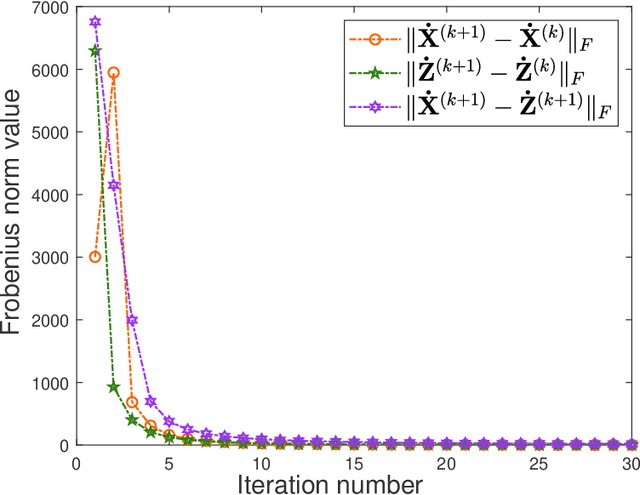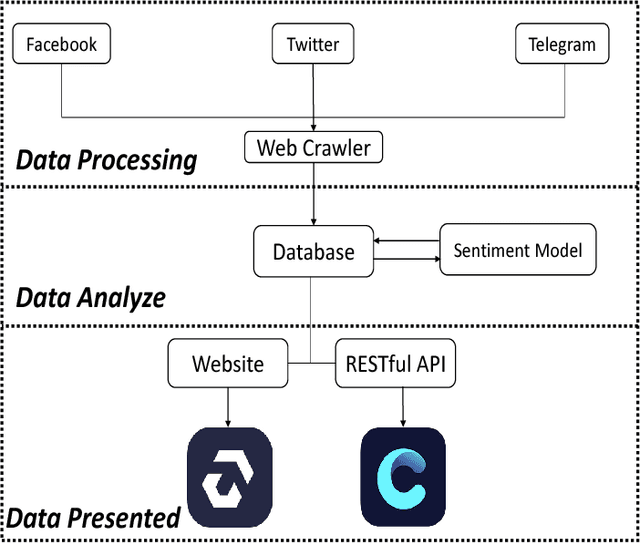Yi-Lun Wang
A Theoretically Guaranteed Quaternion Weighted Schatten p-norm Minimization Method for Color Image Restoration
Jul 24, 2023



Abstract:Inspired by the fact that the matrix formulated by nonlocal similar patches in a natural image is of low rank, the rank approximation issue have been extensively investigated over the past decades, among which weighted nuclear norm minimization (WNNM) and weighted Schatten $p$-norm minimization (WSNM) are two prevailing methods have shown great superiority in various image restoration (IR) problems. Due to the physical characteristic of color images, color image restoration (CIR) is often a much more difficult task than its grayscale image counterpart. However, when applied to CIR, the traditional WNNM/WSNM method only processes three color channels individually and fails to consider their cross-channel correlations. Very recently, a quaternion-based WNNM approach (QWNNM) has been developed to mitigate this issue, which is capable of representing the color image as a whole in the quaternion domain and preserving the inherent correlation among the three color channels. Despite its empirical success, unfortunately, the convergence behavior of QWNNM has not been strictly studied yet. In this paper, on the one side, we extend the WSNM into quaternion domain and correspondingly propose a novel quaternion-based WSNM model (QWSNM) for tackling the CIR problems. Extensive experiments on two representative CIR tasks, including color image denoising and deblurring, demonstrate that the proposed QWSNM method performs favorably against many state-of-the-art alternatives, in both quantitative and qualitative evaluations. On the other side, more importantly, we preliminarily provide a theoretical convergence analysis, that is, by modifying the quaternion alternating direction method of multipliers (QADMM) through a simple continuation strategy, we theoretically prove that both the solution sequences generated by the QWNNM and QWSNM have fixed-point convergence guarantees.
SOC: hunting the underground inside story of the ethereum Social-network Opinion and Comment
Nov 27, 2018



Abstract:The cryptocurrency is attracting more and more attention because of the blockchain technology. Ethereum is gaining a significant popularity in blockchain community, mainly due to the fact that it is designed in a way that enables developers to write smart contracts and decentralized applications (Dapps). There are many kinds of cryptocurrency information on the social network. The risks and fraud problems behind it have pushed many countries including the United States, South Korea, and China to make warnings and set up corresponding regulations. However, the security of Ethereum smart contracts has not gained much attention. Through the Deep Learning approach, we propose a method of sentiment analysis for Ethereum's community comments. In this research, we first collected the users' cryptocurrency comments from the social network and then fed to our LSTM + CNN model for training. Then we made prediction through sentiment analysis. With our research result, we have demonstrated that both the precision and the recall of sentiment analysis can achieve 0.80+. More importantly, we deploy our sentiment analysis1 on RatingToken and Coin Master (mobile application of Cheetah Mobile Blockchain Security Center23). We can effectively provide detail information to resolve the risks of being fake and fraud problems.
 Add to Chrome
Add to Chrome Add to Firefox
Add to Firefox Add to Edge
Add to Edge